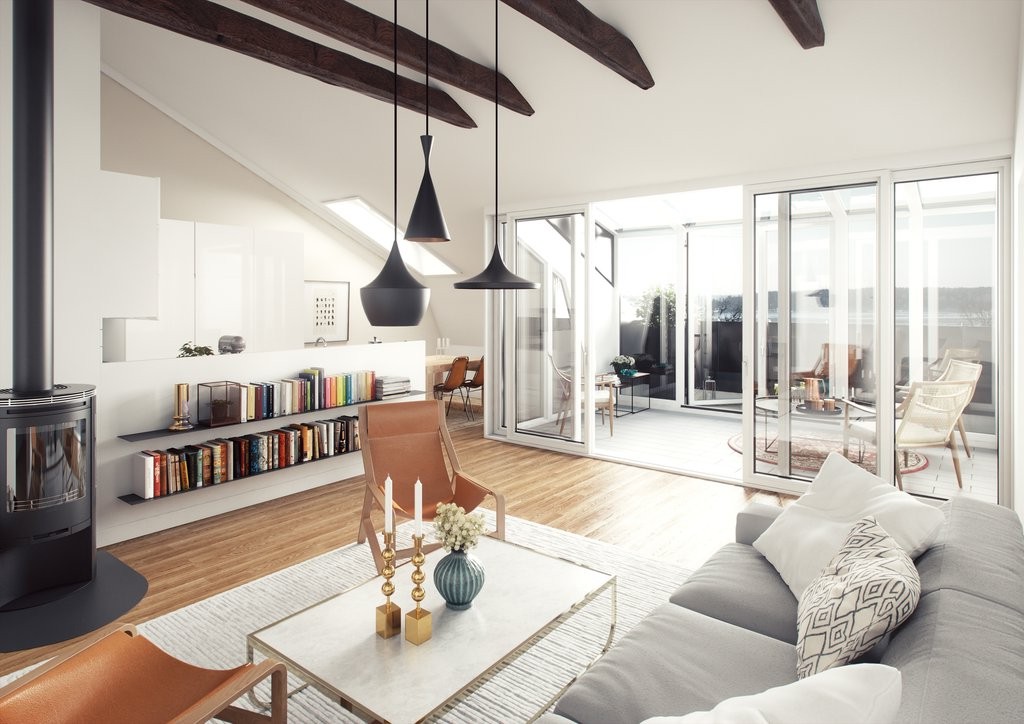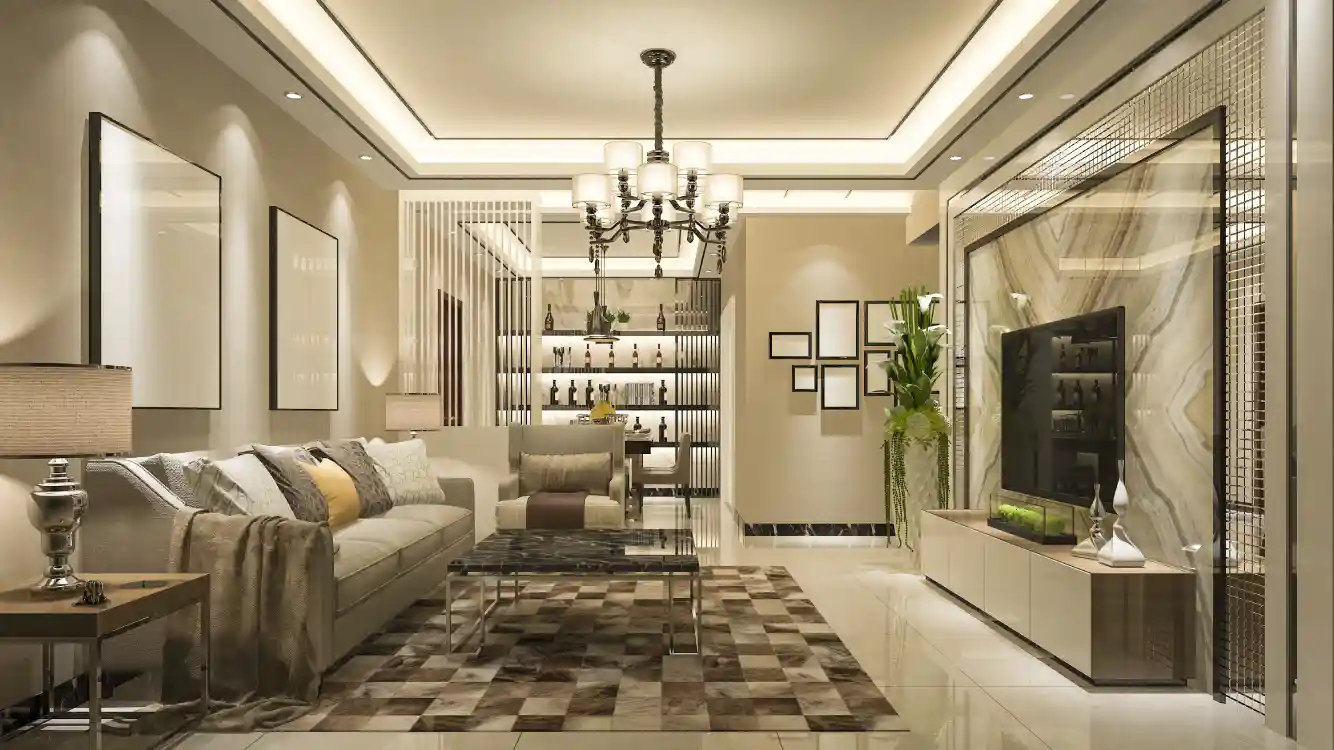
When people think about home comfort, their minds often go straight to furniture, temperature, or interior design themes. While these are certainly important, one crucial element often gets overlooked: lighting. The way a room is illuminated not only affects visibility but also influences mood, productivity, and even health. A well-designed lighting plan can make a home feel warmer, more welcoming, and more functional in everyday life.
Why Lighting Matters More Than You Think
Lighting does more than chase away shadows; it establishes the atmosphere of a space. For example, bright, white-toned light is often associated with energy and alertness, making it perfect for kitchens or work areas. In contrast, soft, warm lighting can promote relaxation, making it ideal for bedrooms or living rooms. Many homeowners underestimate the power of light in shaping emotions, which is why poorly lit homes often feel cold or uninspiring, even if they are beautifully furnished.
Interestingly, just as an image of a hidden face mirror girl can evoke mystery and subtle beauty, lighting in a home can bring out hidden elements of design. The right placement of a lamp or the glow from recessed lighting can highlight textures, art pieces, or architectural details that would otherwise remain unnoticed.
The Connection Between Lighting and Wellbeing
Natural light, in particular, has an undeniable impact on mental and physical health. Sunlight helps regulate the body’s circadian rhythm, improving sleep quality and boosting mood. Homes that lack sufficient natural light can leave residents feeling lethargic, which is why architects often recommend large windows or skylights. Even in dimly lit apartments, clever use of mirrors or reflective surfaces can amplify daylight and make spaces feel more open and cheerful.
Moreover, artificial lighting choices play a role in wellbeing. Harsh fluorescent bulbs can cause eye strain and headaches, while softer LED lighting is gentler and more sustainable. When chosen wisely, lighting can reduce stress, support productivity, and make leisure time more enjoyable.
How Lighting Shapes Home Style
Beyond practicality, lighting acts as a form of décor. Chandeliers, pendant lamps, and floor lamps double as both functional fixtures and design statements. A carefully chosen lighting piece can serve as the centerpiece of a room, transforming its entire character. In open-concept homes, lighting often helps define spaces: pendant lights over the kitchen island, a floor lamp in the reading nook, or ambient lighting in the living area.
In many ways, the design industry mirrors trends seen in australian business platforms, where adaptability and presentation determine success. Just as businesses invest in showcasing their value clearly, homeowners benefit from presenting their living spaces in the best possible light—literally and figuratively.

Mood, Memory, and Emotional Connection
Think about the cozy warmth of candles on a dinner table, the dimmed lights of a movie night, or the crisp brightness of a study lamp during late-night reading. Each scenario creates a unique memory associated with lighting. People often don’t realize how much these small details affect their emotions.
Even in creative expressions such as poetry or platforms like MySadShayari, light is often used as a metaphor for clarity, hope, or nostalgia. The same symbolism applies to real life. A dimly lit room might evoke calm or sadness, while a sunlit space can inspire optimism. By being intentional with lighting, homeowners can actively shape the feelings connected to different areas of their homes.
Lighting and Lifestyle Integration
Modern lighting design often overlaps with lifestyle goals. For homeowners who want to buy and sell homes, lighting is one of the first things real estate agents recommend upgrading. A well-lit house appears larger, cleaner, and more inviting during showings. Prospective buyers are more likely to connect emotionally with a space that feels bright and lively, increasing the chance of a quick sale at a higher value.
Even for those not planning to move, good lighting enhances daily routines. Whether it’s bright, invigorating light in the morning to kickstart the day or soft, cozy lighting in the evening for relaxation, the balance between functionality and comfort can make all the difference.
Creating Community Through Lighting
Interestingly, lighting also has a social dimension. It shapes how people gather, connect, and interact. A warmly lit dining room encourages conversation, while poorly lit spaces can feel isolating. Restaurants, for example, invest heavily in ambiance because they know it directly impacts customer experience. This is why people often search for venues through sources like the best restaurant directory in Australia, where lighting and atmosphere are highlighted as much as the menu itself.
At home, homeowners can borrow inspiration from these spaces. Dining areas, patios, or even living rooms can be designed with intentional lighting that promotes togetherness, laughter, and memorable evenings.
Conclusion: Shining a Light on Comfort
Lighting is far more than a practical necessity—it is an essential ingredient in the recipe for home comfort. From enhancing wellbeing and productivity to shaping memories and boosting real estate value, it holds transformative power. Yet, because it’s often overlooked, many homes miss out on its full potential.
By investing thought and care into lighting choices, homeowners can unlock new levels of comfort, beauty, and functionality in their living spaces. After all, when light is used well, it doesn’t just brighten a room—it elevates life within it.






